Leading gastroenterologist and researcher, Dr M Sultan Khuroo entered the Government Medical College, Srinagar, in its fourth batch in 1962. In this write-up, he details the college’s social and knowledge life and traces some of his classmates who served the society within and outside Kashmir and remained outstanding throughout their life
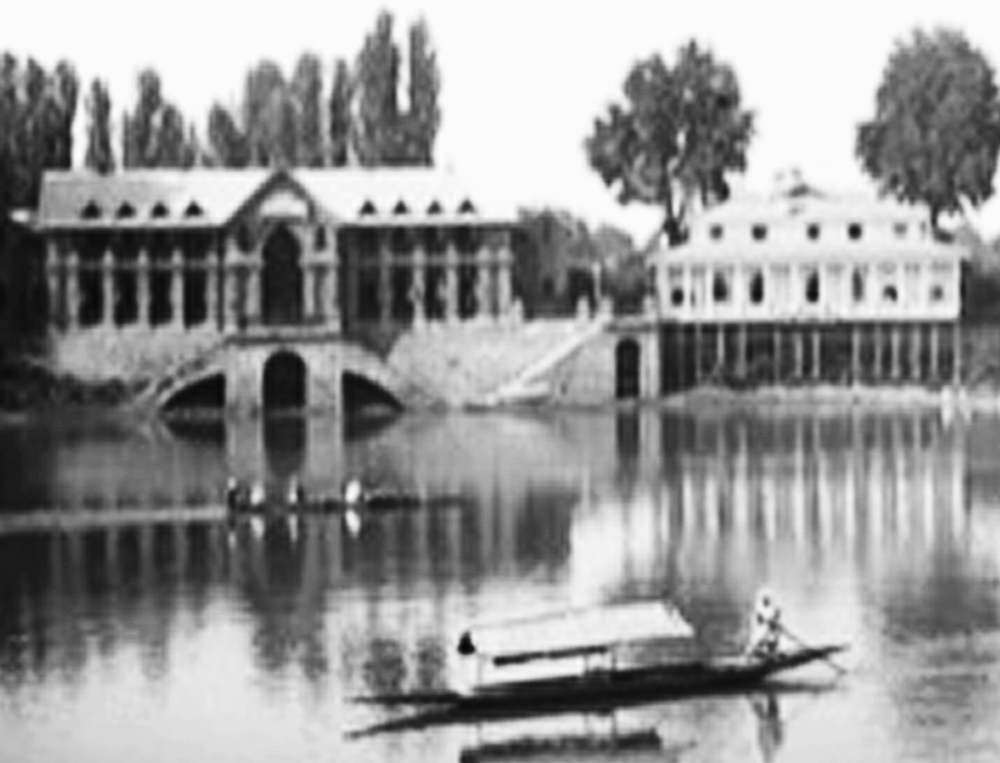
Government Medical College (GMC) Srinagar has been a centre of great learning right from its inception. Established in 1959, it started from a make-shift facility at Lal Mandi on the bank of the Jhelum River. After two years, it was shifted to its present location at Karan Nagar within the premises of Shri Maharaja Hari Singh (SMHS) Hospital. Colonel GVS Murthy took charge as the first Principal of GMC Srinagar and the college was formally inaugurated on August 25, 1961, by the then Jammu and Kashmir Prime Minister Bakshi Ghulam Mohammad.
GMC Srinagar is affiliated with the University of Kashmir and recognized by the Medical Council of India (now, the National Medical Commission). Besides, SMHS Srinagar, the GMC Srinagar was linked with eight other associated hospitals within the capital city. Over the years over 4000 students have graduated from GMC Srinagar and over 1000 doctors have completed their postgraduate degrees (MD/MS). The alumni of the college are serving throughout the globe and have done great human service.
My Admission
On June 1, 1962, the postman delivered a letter to my Sopore home and to my pleasant surprise, I was invited to join as a medical student at Maulana Azad Medical College, Delhi. It came within a few weeks after our FSC (Intermediate 12 class) results were announced and I stood high on the merit list from the University of Jammu and Kashmir, Srinagar.
I had never applied for this coveted course and the Civil Secretariat, as I knew later, had processed the list from the result merit sheet issued by the University. I approached the Secretariat authorities to consider my name for GMC, Srinagar. They agreed to my request and, instead of me, Dr Sheikh Abdul Ahad (the legendary ENT surgeon), who was next to me on the merit list, was deputed to Maulana Azad Medical College, Delhi.
My Batch Mates
We were 62 in the class, which represented a true picture of global, national, religious, and social integration. The class had students from Africa, Malaysia, Pakistan, Mumbai, UP, and Himachal; there were Muslims, Hindus, Sikhs, Buddhists, and a Christian; representing a diversity of schools like the Convent Presentation, Tyndale Biscoe, Burn Hall, and students like me from various Government schools and from distant and undeveloped regions of the state.
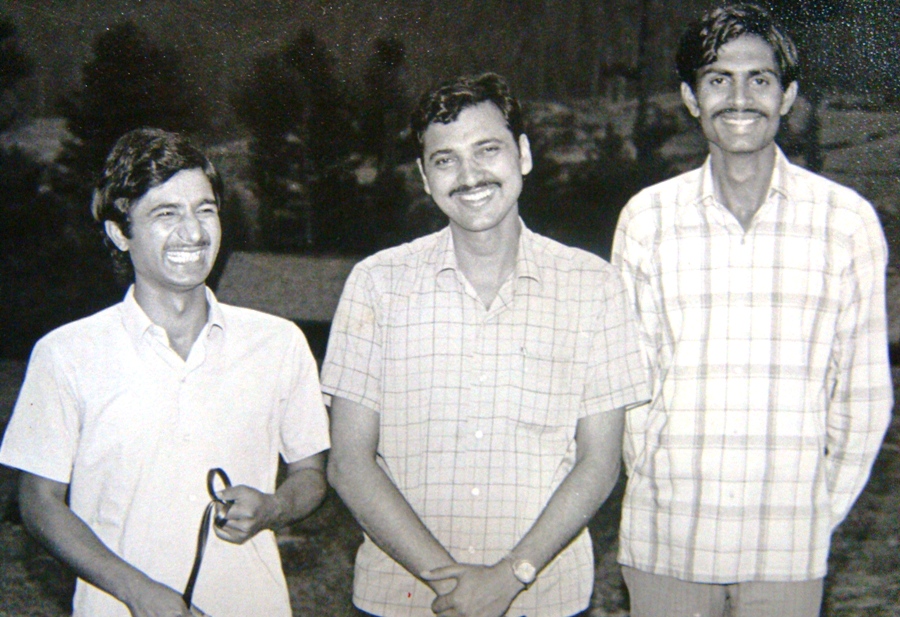
There were five girls in the class. Amongst them, Roshan Ara and Nalini Toshkhani were the stars of that era. Both choose to move to the West and are very well settled. The Burn Hall-Biscoe material was heavily represented by Nisar Bakhshi, Abdul Rauf Mir, Khalid Naqshbandi, Riyaz Dewani, and others; all were eagerly itching to cross the Atlantic and so they did and have done remarkably in their careers.
There were students from downtown like Mohammad Yousuf Fazili, who was highly impressive and engaging. He joined the Buffalo (USA) crowd and has done all of us proud.
Asif Qadri, a boy from Tangmarg, was another classmate. He moved early to the USA, and after superannuating from a successful cardiology practice, started the Muslim Community Centre (MCC), Maryland, which provides free medical care to the downtrodden not covered by medical coverage. This has been highly applauded by the community.
One who impressed me most during those times was a tall skinny fellow from Chinkral Mohalla, who is now the legendary pathologist Prof Abdul Rashid Khan. I had a special bond with him. Almost every day, we walked together from the GMC gate to his home discussing Best & Taylor Physiology and Gray’s Anatomy. It always astonished me how he had mastered these books including the footnotes. Occasionally I took pleasure to relish Kanti and Kabab from the famous Ahdoo’s Hotel and for this took a tonga ride with Ghulam Nabi Lone, who later became the education minister of Jammu and Kashmir and unfortunately was assassinated. Lone sahib always volunteered to pay the tonga fare (Rs 2) and left for me to foot the hotel bill (Rs 16).
GMC canteen was a place of great entertainment and joy. Daily, we all assembled around one table in the canteen where Fida Hussein (who later settled in South Africa and died a few years back in a road accident) was to sing ghazals in his melodious voice. Many would name him Mehdi Hassan or Mohammad Rafi of our class and I can vouch that his voice was as impressive as either one of these legends.
Another legend in our class was Abdul Wahid, who recently retired as a professor in Medicine from SKIMS. His speciality was his critique of Kashmir politics and leadership, which would routinely appear in Khidmat and other Urdu periodicals on regular basis.
For several years I lived in the GMC Hostel, Bemina. There, we were three friends – me, Ved Prakash Gupta (retired as Director Health Jammu and Kashmir), and Bashir Ahmad Khan, who, unfortunately, died from aggressive Polyarteritis nodosa soon graduating from GMC. Almost every afternoon, we would go for a walk on the Abi Guzar bund, and eat roti and tadka-dal, for one rupee, from a vegetarian dhaba in Kokar Bazaar as a single evening meal for the day. At 9 PM, we would drive our three bicycles from Amirakadal to Karan Nagar, to Tattoo-ground, and to Bemina Hostel.
My Teachers
After my admission to the GMC Srinagar, my first encounter was in the Anatomy Dissection Hall at Lal Mandi. The Lal Mandi facility had an excellent delightful ambience and get-up. The first view of Prof ML Kaul, our anatomy demonstrator, was 6ft-8inch towering personality and would get all our attention the moment he would shout “Come dangerously close to me” to eight of us (six boys and two girls). He is no more but his commanding voice still echoes in my ears. That is how all of us joined our heads together with his, to watch the most intriguing human structure on and around the dissection table.
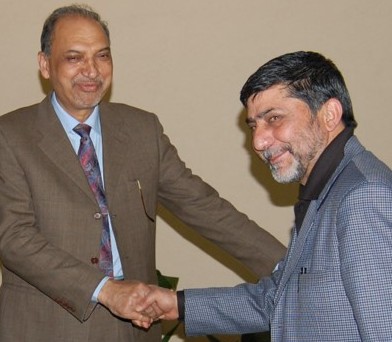
Next, it was a treat to watch a wise fatherly figure, Prof KK Ayer, the head of the anatomy department, whose manners in imparting knowledge were masterly and ultimate. Once he spotted a girl student sobbing in the corner of the dissection hall. On inquiry, it was found that she scored zero in a quiz for identifying the humerus bone as the femur. In a quick follow-up, Ayer sahib asked the demonstrator to watch a villager walking on the street through the window. The pedestrian was carrying a gunny bag on his back. He asked the demonstrator what score he shall give him on the quiz to that person. He answered in zero. Ayer Sahab walked out silently with the remark that “my daughter”, the sobbing girl student, has been evaluated so. The demonstrator apologized for his error.
Prof BS Kahali headed the department of physiology and taught the subject with great passion. His weekly quiz of ten MCQ (multiple choice questions) with ten marks is reminiscent of modern methodology for medical entrance examinations and evaluation so well propounded now in modern medicine.
The Second Year
We entered the second year of the MBBS and relished the pathology lectures from Prof Goyal who taught the subject by symbolizing human pathology to varied events in nature. For this, he had made a compendium, which he always kept to his chest and brought to the classroom to narrate these events.
One day some mischief-mongers of our batch (there were quite a few) coerced me to ask Prof Goyal to lend his great compendium for a short time so that we could broaden our knowledge. He hesitantly surrendered it for just one night, probably the first time in his career, and that night we all relished it from A to Z with great fun.
Prof Ahluwalia, who headed the Social and Preventive Medicine department was an exceptionally great character and his environmentalist abilities should today win him an international award from IPCC (International Panel on Climate Change). Those days, Medical College Garden and SPM Museum were a treat to visit. These were so beautifully managed that the two pieces of infrastructure got huge attention in national medical circles. The Head of Pharmacology was Prof Gujral, who later succeeded Col Murthy as the Principal.
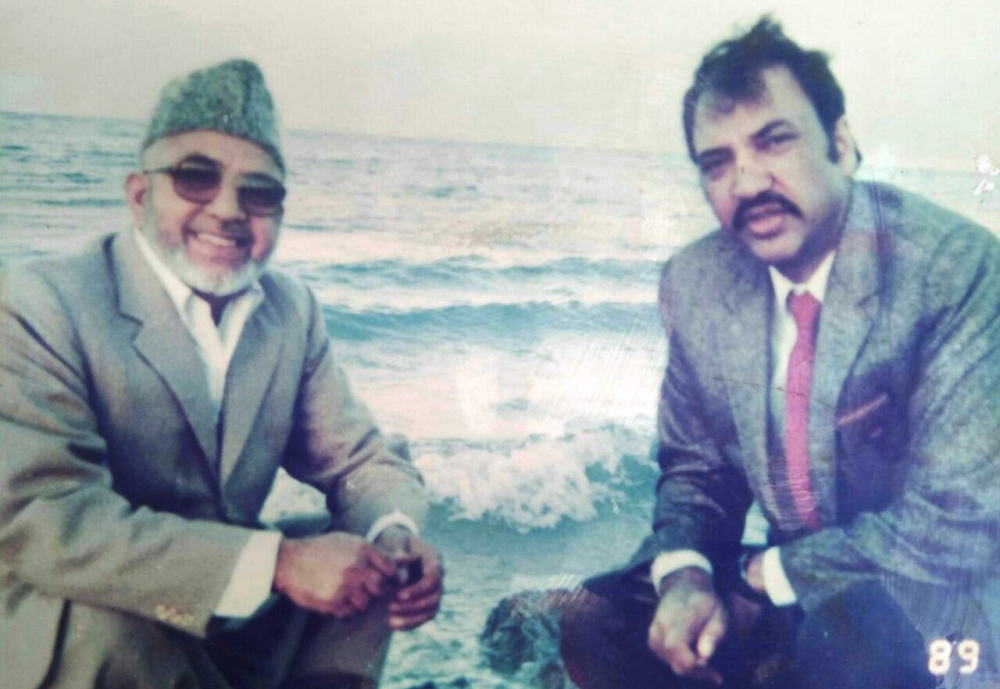
Our clinical postings in SMHS Hospital wards and outpatient departments were supervised by Prof Col S. Kaul (Medicine), Prof Permanick (Surgery), and Prof Khanna (OBG). Because of this and with the untiring efforts of these medical giants, we learned the most difficult art of history taking, palpating the magic box of the human body, and listening to the demanding tender human structure.
After these legendary professors superannuated, several local senior physicians took over the reign of the institution and moved it up the ranking on medical, social, political, and academic fronts. As it would happen, several generations of faculty have been produced over the decades and GMC has maintained a high level of academic standards because of these sons of the soil.
A Tribute
Establishing an institution of the scale and size of GMC in Kashmir has been no ordinary deal. A group of committed individuals had burnt their midnight oil to nurture this budding tree in the early years of its history.
Those included invited retired legendary professors from many medical colleges in India and several young physicians from within the Jammu and Kashmir State. I wish to pay special tribute to my teachers and find it a part of my duty and prayer. Most of the GMC faculty were full-time medical teachers and had brought this profession to recognition in India. They took pains, showed tremendous patience, and made intense efforts to impart the knowledge of medicine to us. These teachers went to the ultimate details to teach us ethics, respect for the human being, patience, self-respect, and above all how to be God-fearing. They did it not by talking to us about these virtues but by practising these virtues. They practised morality and thus spoke of it and wanted us to follow it. They respected every patient for his values and taught us to practice this. They felt inner happiness to see their students doing well in quizzes and examinations and finally in life. For those who stood at the backbench and struggled, they were there to extend help, support, and advice.
Apart from learning medicine through dictatorial lectures, and weekly quizzes, the GMC in those days offered education, including medical, religious, social, and political on an intensive basis. The institution was frequently visited by national and international scholars and educationists and the system would encourage and support this process.
During our student days, we have listened to Noble laureates, great religious scholars, legendary political figures, Yoga giants, and palmists of international fame. The system absorbed views of all shapes and kinds, and this created a highly conducive scientific atmosphere.
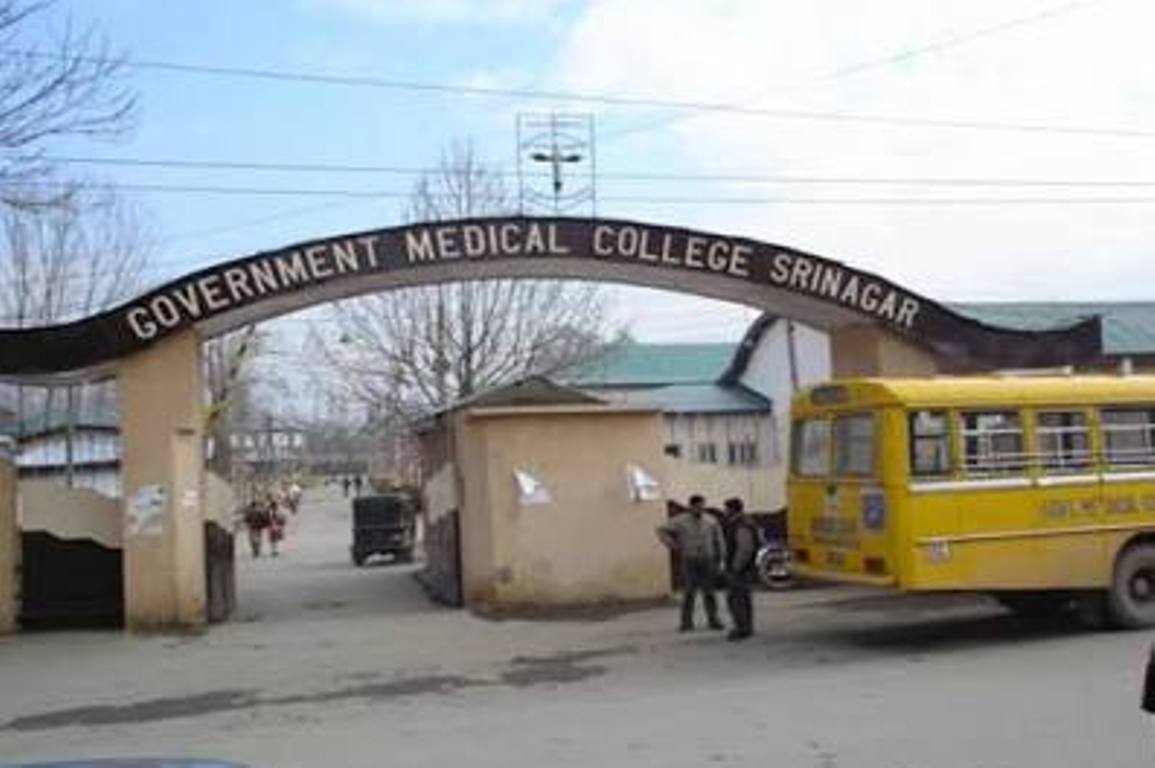
I always wondered about the abilities of the conceiver who brought these legendary teachers from all parts of the country together and invite, or at times, force us to join the medical studies and create an atmosphere that was revolutionary and full of creativity. Over the years, this medical school has produced thousands of medical graduates who have served our state, other states of India, and the rest of the world. Today we can only thank those who conceived, built, supported, and maintained this great seat of learning.
The Unsung Hero
I take this occasion to pay a special tribute to one unsung hero who held the notion that all problems of Kashmir (may be political, social, economic, and healthcare-related) are related to worms (Ascaris lumbricoides; known in Kashmir vernacular as Aam) in their bellies and there is only one solution to this complex human problem – Ek Thou Antepar (administer one dose of anthelmintic Antepar).
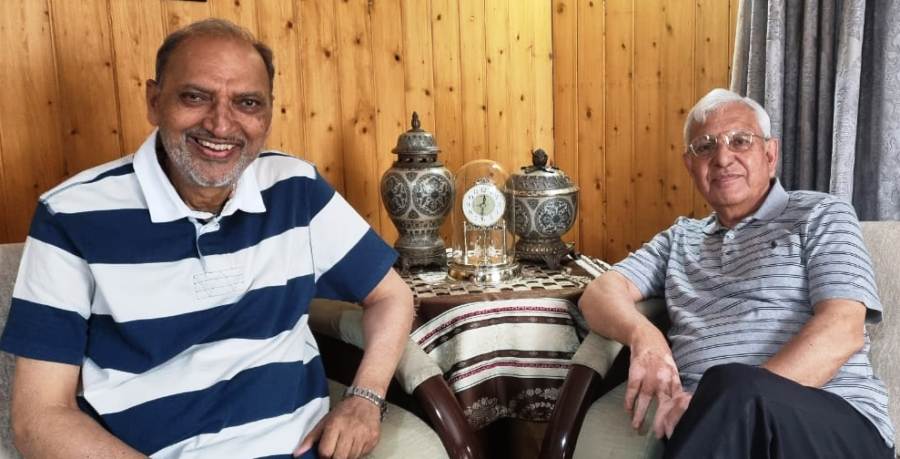
I distinctly remember that morning of 1967 when late Dr Shanker Raina (then an Assistant Prof of Medicine in Medical Unit II) was conducting ward round in the side room, beside the clinical laboratory of ward 3, SMHS Hospital Srinagar. A young man was lying deeply unconscious and had Cheyne-Stokes breathing. A lumbar puncture revealed frank blood (Massive subarachnoid haemorrhage).
Dr Raina, a great character in himself, danced around and gave some instructions, and told the patient’s relative that he shall be well soon. While we were on that, Prof SR Verma, the senior respected Bengali physician and a distinguished professor of medicine entered. He looked at the patient, elicited neck stiffness, and ordered Ms Fatima, a star nurse of ward 3, for Ek Thou Antepar and told his attendant in Bengali-Hindi slang that his brother had a roundworm in his brain and he shall be all right very soon.
Curious, we followed Prof Verma to main ward 3. Within a few minutes, the Professor suddenly felt that his orders of Antepar might not have been implemented and the life of this patient was in great jeopardy due to a lack of Antepar levels in his blood and brain. He quickly rushed to the side room and was shocked to note that Antepar had not been administered yet, so, he himself administered the correct dose of Antepar through the nasogastric tube in place and apologizes to his relative for the nurse’s folly, which he has to correct himself.
Within 10 minutes of all this drama, we heard screams coming out of this room announcing the eternal journey (death) of the patient. I soon discovered that Prof Verma firmly believed that all diseases of Kashmiris, from cold to cancer, are caused by roundworms in their bellies and would order Ek Thou Antepar the next moment he saw a Kashmiri with any illness.
The Internship
After passing the final MBBS examination, the GMC issued a comprehensive one-year rotatory internship schedule. We were supposed to rotate through most of the clinical specialities each lasting for a few weeks. It was a good professional learning experience as we were exposed for the first time to meaningful practical patient care activities and emergency medicine. We had the opportunity to oversee the working pattern of all specialities and choose one for our career development.
Also, for the first time, we learned many small interventional procedures under supervision which included venepuncture and drawing blood, starting an IV line for fluid replacement, urinary catheterization, stitching a wound, lumbar puncture, pleural and ascetic fluid tap and many other basics.
Kalaroos Visit
There was an outreach posting during my internship in Chitranjan Mobile Hospital, Kalaroos. Kalaroos (Kala means caves; roos means Russia) is a remote village in Kupwara, surrounded by mountains. The famous Kalaroos caves in the village are most mysterious and believed to lead to tunnels that end in Russia.
The Mobile Hospital was a tented camp and covered by all the medical and surgical specialities with basic investigative laboratory and x-rays and theatre facilities. A strong component of the Social and Preventive Medicine (SPM) Department did healthcare educational programmes including vaccination drives for children and pregnant women. The camp was connected with SMHS hospital through an ambulance service. Our stay at Kalaroos for six weeks was a great learning experience and an enjoyable one. It also gave us first-hand experience to explore nature at its best.
A promise
I completed MBBS and was awarded Gold Medal for ‘Best Outgoing Student’ for the session (June 1962- August 1968), and seven Silver Medals for obtaining the first position in Anatomy (Distinction/First Position), Physiology (Distinction/First Position), Ist MBBS (First Position), Pathology (Distinction/First Position), 2nd MBBS (First Position), Surgery (First Position), Final MBBS (First Position) and two Bronze Medals for obtaining the second position in Medicine and Forensic Medicine.
I remember that one fine morning, my father, late Haji Abdul Rahim Khuroo, entered my room with an envelope in his hand and asked me to open it. It contained the results of my MBBS examinations and my achievements in MBBS as above. I asked him if he wishes to give me some advice. He was affirmative.
Son, he said, I wish you to serve those in pain with sincerity, hard work, and dedication and use ethics, morality, and empathy at your best. “I wish that you serve your brethren as they deserve your help more than others. Lastly, I wish you to teach others what you know and explore the unknown in medicine and biology to establish Sadaqat Jariya (continuing charity) for you and the family,” I remember the emphasis on every single word, he said.
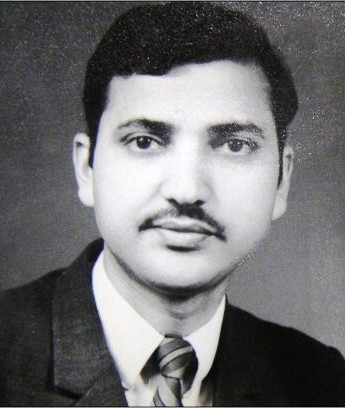
I promised him that I will follow his advice to my best. This was in addition to the oath o a doctor. I have never broken that promise.
I reiterated this promise while accepting the Life Time Achievement Award from the Indian National Association for the study of Liver (INASL) at the Inaugural function of the 26th Annual Scientific Meeting on August 3, 2018, at Hotel Pullman Aerocity, New Delhi.
I had all the chances to move to the West, as most of my colleagues choose and many western organizations at that time offered me lucrative offers. However, I stayed back on a full-time job to serve society on small emoluments. I started with a meagre monthly pay of Rs 300 (US$3.87) per month as a resident doctor and superannuated as Director SKIMS with a fixed pay of Rs 9000 (US$ 116.2). I involved myself in a short stint of private practice and used substantial returns from it for research activities in the discovery of Hepatitis E.
(Leading gastroenterologist, Dr Khuroo is a scientist, who headed SKIMS earlier.)















